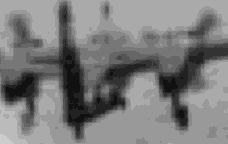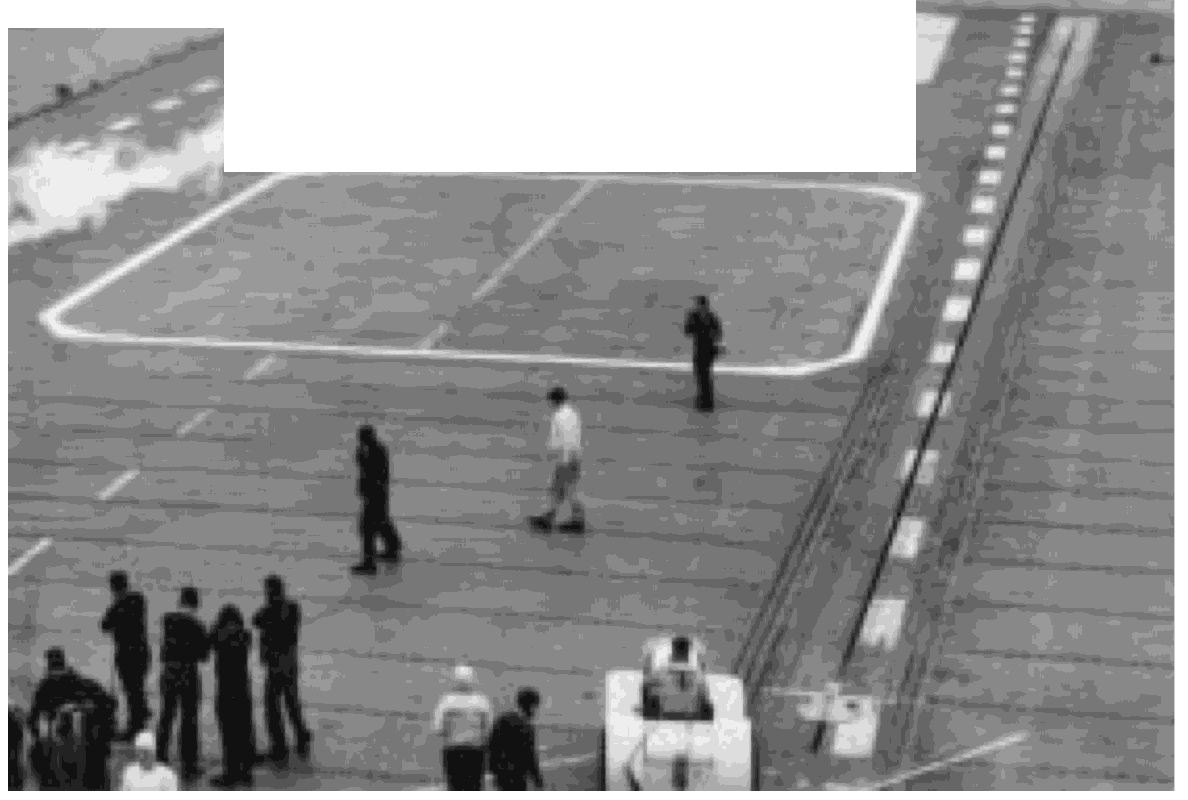

204
UNITED STATES NAVAL AVIATION
1910-1995
1954-Contin ued
maintenance of air-launched guided missiles,
armament control systems, missile external
equipment, and bomb directors.
aircraft
control
1 April
The first transcontinental flights in less than
four hours were made by three pilots of VF-21 in F9F
Cougars in a 2,438-mile flight from San Diego, Calif.,
to Floyd Bennett Field, N.Y., with aerial refueling over
Hutchinson, Kans. Lieutenant Commander Francis X.
Brady made the crossing in 3 hours 45 minutes 30 sec-
onds, Lieutenant (jg) John C. Barrow took 3 hours 46
minutes and 49 seconds, and Lieutenant W. Rich made
it in 3 hours 48 minutes even. Official timers were not
present.
19 April
Model designations for airships were modi-
fied to conform with designations for heavier-than-air
aircraft. Basically, the envelope designation letters "K"
and "N" were replaced by manufacturer's letters, stan-
dard suffix numbers and letters were uniformly ap-
plied and the patrol class of airships was divided into
patrol and antisubmarine classes. Thus the ZPN be-
came the ZPG-l and the ZP2K became the ZSG-2.
25 May
A ZPG-2 airship, commanded by
Commander Marion H. Eppes, landed at NAS Key
West, Fla., after a record breaking flight of 200.1 hours
or more than eight days in the air. The flight, which
began at NAS Lakehurst, N.J., ranged over the Atlantic
as far north as Nova Scotia, out to Bermuda and
Nassau and southward over the Caribbean and Gulf of
Mexico. For his achievement on this flight,
Commander Eppes was awarded the Distinguished
Flying Cross and later the 1955 Harmon International
Trophy for Aeronauts.
27 May
The Chief of Naval Operations approved
Project 125 of the carrier improvement program which
in general provided for installing an angled deck, en-
closing the bow to improve seaworthiness, and mak-
ing other changes to further modernize the carriers
that had completed the earlier Project 27 A.
1 June
Commander Henry 1. Jackson, in an S2F-l,
was catapulted from
Hancock
in the initial operational
test of the C-l1 steam catapult. As tests continued
throughout the month, a total of 254 launchings were
made with the S2F, AD-5, F2H-3, F2H-4, FJ-2, F7U-3
and F3D-2.
15 June
To coordinate and guide the extensive
aeronautical research, development, and material ac-
tivities in the Fourth Naval District, including the
Philadelphia, Pa., Johnsville, Pa., Trenton, N.J., and
.'"
&.'
-i8III!
. ..-
-
. -
-'
I;,
,
4
_
-
..j
First operation of steam catapult, Hancock launches an S2F-l 638785
Lakehurst, N.J., areas, the Naval Air Development and
Material Center was established at Johnsville, Pa., Rear
Admiral Selden B. Spangler, Commander.
22 July
The XZS2G-l (formerly XZP5K-l) made its
first flight at Goodyear Aircraft Corporation, Akron,
Ohio. This airship, designed as a replacement for the
K Class airship, was fitted with inverted "Y" control
surfaces.
26 July
Two AD Skyraiders of Air Group 5 from
Philippine Sea
were attacked by two LA-7 type air-
craft while searching for survivors of a Cathay Pacific
airliner shot down three days before off Hainan
Island. The AD pilots returned fire and splashed both
attackers.
4 September
A P2V of VP-19, on routine reconnais-
sance over international waters, was attacked by two
MiG aircraft and forced to ditch off the Siberian coast.
Nine of the crew escaped and were later rescued, but
one went down with the plane.
31
October
Ensign Duane 1. Varner of VF-34 com-
pleted a 1,900-mile nonstop, nonrefueling, transcon-
tinental flight from Los Alamitos, Calif., to Cecil
Field, Fla., in 3 hours and 58 minutes in an F2H-2
Banshee.
 |
2 |
 |